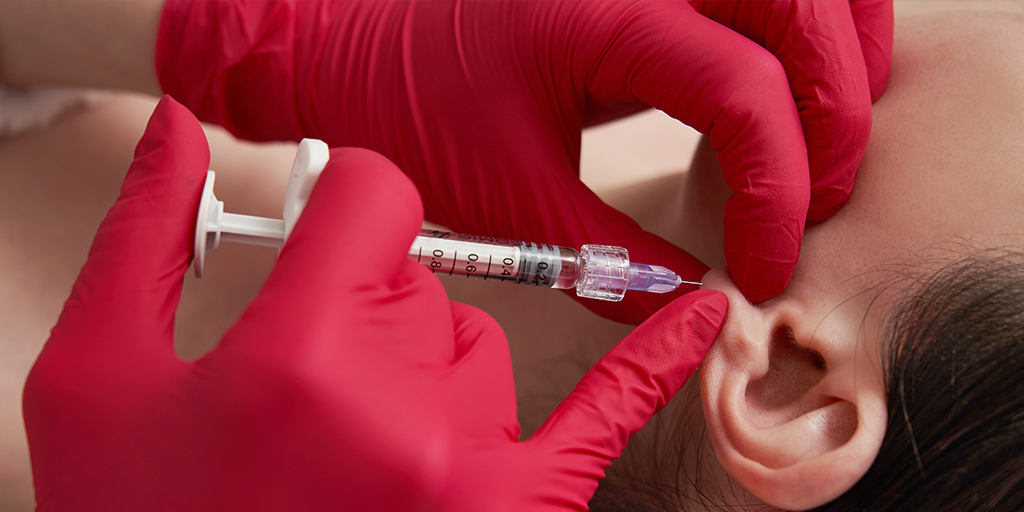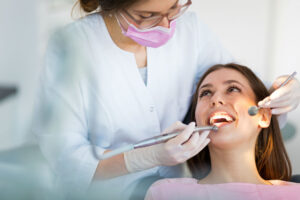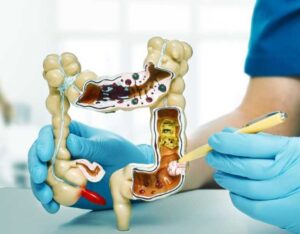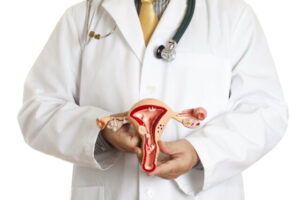
Earlobe repair is a procedure for individuals with torn, stretched, or damaged earlobes resulting from injuries, excessive weight of earrings, or the use of gauges. Selecting the appropriate repair technique is key to achieving optimal cosmetic and functional outcomes. With several surgical options available, the ideal approach often depends on the extent of the damage and personal goals. Here’s more information on how to select an earlobe reconstruction technique:
Identifying When Repair Is Needed
Earlobe repair becomes necessary when the earlobe tissue is damaged or altered in a way that affects its appearance or function. Heavy earrings can stretch the piercing hole over time, making it look bigger than normal. This can cause earrings to fall out easily or appear uneven.
Torn earlobes occur when earrings become caught on clothing or are pulled too hard. The tear can be small or go all the way through the bottom of the earlobe. Some people also experience problems with earlobes that have become thin or wrinkled with age. Large gauge piercings create another reason for earlobe reconstruction. When people remove large plugs or tunnels, they’re left with big holes that don’t close on their own. These holes need surgical repair to look normal again.
Comparing Earlobe Repair Techniques
There are several techniques available for earlobe repair, each suited to different types of damage. The primary method involves a minor surgical procedure performed with local anesthesia. For a split or torn earlobe, a surgeon will remove the healed skin from the inside of the tear and then suture the fresh edges together. For issues related to aging, such as thinning or wrinkles, earlobe restoration may be a recommended option. Earlobe restoration may involve the use of injectable fillers to add volume and smooth the skin. Laser treatments can be used to resurface the skin, resulting in a more youthful appearance
Weighing Factors in Technique Choice
When deciding on the most appropriate earlobe repair technique, it is key to assess several factors to support optimal results. Here are some of them:
- Severity of Damage: Evaluate the extent of the earlobe issue, such as tears, stretching, or thinning, to determine the necessary level of intervention.
- Desired Aesthetic Outcome: Think about your specific goals, including the size, shape, and overall appearance of the earlobe after the procedure.
- Non-Surgical vs. Surgical Options: Determine whether a non-surgical method, such as fillers, or a surgical repair is better suited for your condition.
- Recovery Time: Account for the time required to heal after the procedure, as this varies depending on the technique.
Careful evaluation of these factors can help guide you toward the best approach for restoring your earlobes to their desired condition.
Preparing for the Procedure
The earlobe repair procedure is performed in an office setting. Before the procedure, you will discuss your medical history and expectations with your provider. After the repair, you may experience mild swelling, bruising, or numbness, which usually resolves within a few days.
Sutures are generally removed one to two weeks after the surgery. If you wish to re-pierce your ears, it is recommended to wait at least six weeks. The new piercing should be placed to the side of the scar to prevent re-tearing. Following your provider’s post-procedure instructions is helpful for a smooth recovery.
Schedule Your Earlobe Repair Appointment
Understanding the different earlobe reconstruction techniques and the factors that guide selection is the first step toward restoring your earlobes. By consulting with a skilled professional, you can select the most suitable approach for your needs to achieve your desired outcome. If you are contemplating earlobe repair, contact a trusted dermatologist or healthcare provider near you to schedule a consultation and explore your options.





